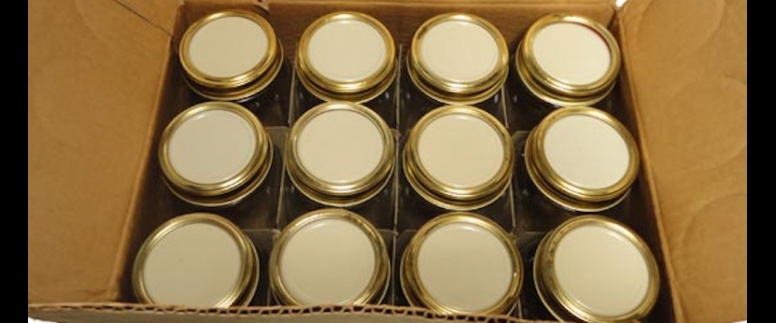
It is known by many names: White Lightning, Corn Liquor and most known, Moonshine. It is illegal liquor that is made predominantly in the back woods of the south and Appalachia. The people who make it, known as bootleggers or moonshiners, believe they are providing a valuable service. Because it is not quality controlled and taxed, the government has made it illegal. People have died making it and from trying stop it from being made. Whatever your beliefs are about Moonshine, it has definitely had a colorful history.
My first experience with Shine was as a teenager. Growing up in the south, Moonshine was not hard to come by. I had heard about it and when I got the opportunity, I wanted to try it even though I was not a consumer of alcohol as I was a teenager. I poured a small amount from a Mason Jar and slugged it back. The first thought that came to my mind was liquid fire. It literally took my breath away. I could not understand why anyone would even think about wanting to drink something so nasty.
The term Moonshine is derived for the idea that it is made at night under the light of the moon to hide from law enforcement. Moonshine is usually made from corn and created in a contraption known as a still. Stills are usually made from a variety of materials cobbled together. You have your pot, a condenser and a whole bunch of copper wire. In most cases corn was used. The location was usually somewhere remote, in a wooded area.
Many of the moonshiners made a good product that was relatively safe to consume. However in some cases the materials, which were used to make the still were dangerous. If an old radiator was used as a condenser, antifreeze could get into the product. Lead used to connect pieces of the still together could cause major health problems. Some bootleggers would add methanol to the batch to increase the strength. If you got rid of the foreshot, the initial whiskey produced in a batch, this would often remove some of the initial contaminants. The foreshot was the strongest part of the batch. In the event you got ahold of a bad batch of Shine, the potential effects could be blindness, sickness, poisoning and even death.
In places like Appalachia, moonshine became a much cheaper alternative to purchasing traditional booze and it was popular with the poor. It was high proof, cheap and if you could get it from a good source, very palatable. However, moonshine has now become a popular alcoholic beverage with other people and is still in high demand.
Moonshine was at least partially responsible for the creation of stock car racing. NASCAR actually had very strong roots in bootlegging. Bill France, Sr., created NASCAR as a way to organize many of the bootleggers who would get together and race when they weren’t running shine. The truth is, they had the fastest “stock” cars around because they were necessary to evade law enforcement. They would take regular cars, significantly modifying the engines, adding heavier springs to the suspension and other adjustments. Combining this with driving at night and doing everything possible to keep from getting caught, racers with nerves of steel were created.
NASCAR legend Junior Johnson is the most famous of the bootleggers, having won 50 races and also serving jail time for having an illegal still. It is interesting to note that Johnson was never caught while actually “running shine”. The ultimate irony of this story is that Johnson now sells Moonshine legally. His “Midnight Moon” moonshine is distributed nationally and comes in multiple flavors. I would suggest the Apple Pie flavor.
America’s love affair with Moonshine continues to this very day. There is a television program on the Discover Channel called “Moonshiners” which chronicles the lives of legal and illegal moonshiners. There are multiple brands of legal moonshine on the market. It has become quite a niche for the craft distillery industry but remember if you are walking through the woods and come across a still, go the other way quickly or you might end up with a butt full of buckshot.




